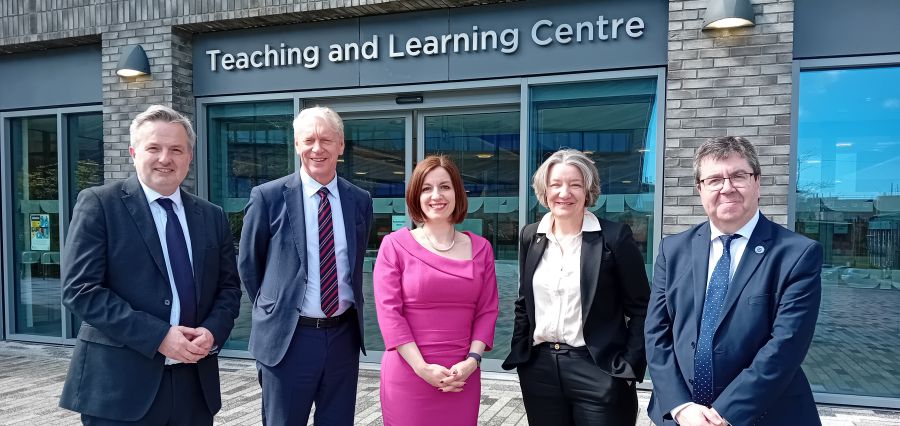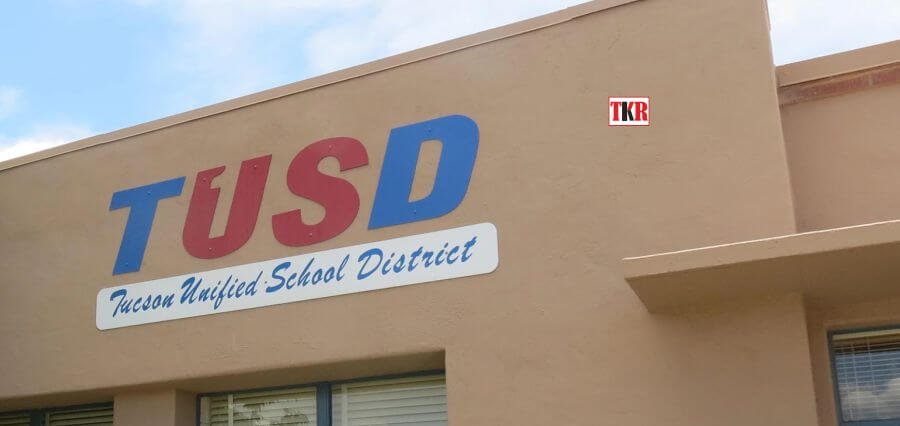The present Covid -19 pandemic, has a very severe impact on long-term social and economic consequences. Looking into some of the statistical data-driven surveys, it is seen that the world’s poorest countries have opted to close schools, both with reference to normal children and more so to disadvantaged children. It is always seen that when there is an utmost necessity to create new alternative methods to tackle any challenges, we as human beings have tremendous ability to adapt and invent. The prolonged closure of schools due to the Covid-19 has resulted in making life manageable with trial and error in “Embracing the Technology” to its best. All the stakeholders, who could afford this kind of online learning environment with sound financial facilities to invest in gadgets and tools are still managing well with technology support and understanding the SAMR model to the best of one’s abilities.
Now, this pandemic prevailing for more than one and a half years has taught many of us to get used to the demands of staying connected virtually. In a country like India, there are several issues to be addressed:
1) With reference to providing ‘inclusive education’
2) Free access to online gadgets and tools
3) Trained teachers
4) Need for revamping the curriculum and assessment pattern across grades
5) Adoption of villages and schools for better implementation of online learning modes
6) Enough fund reserve and proper accessories to strengthen and sustain the online learning environment
7) Equality, equity and just education
8) One nation, One platform, One education – to all Indians
For a country like ours, especially with a huge population, it becomes essential to see both the pros and cons of the rise in the online education system. Very clearly the rural-urban divide is very long and broad in our country. “This brings in a stigma attached to the online learning that many children go without education and resort to daily wages, to help acquire the requirements for a minimal livelihood.” However, the huge impact created by many socio-economic factors can also be positively looked at.
There are potential opportunities to utilize this crisis, to ‘Create Opportunities for Virtual Integration and Development’ (COVID).
Let us look at some of the basic areas where there can be potential improvement:
I. Improving Curricula
And the four trends identified are –
- Competency-based logic
- Socio-constructivist perspective
- Increased focus on learners
- More emphasis on authentic learning situations
There is always a greater possibility for a significant disconnection between the above-prescribed curricula and classroom reality (Ref: The Council of Ministers of Education, in Canada)
II. How to prioritize and create learning opportunities for authentic learning
This pandemic has made us all reflect on one question and that is “How to decide on the necessity, importance, and usefulness of choosing a certain curriculum content?” A major factor to be considered under authentic learning even before choosing the content of a curriculum, it becomes imperative to preserve students’ readiness level to learn even in a remote manner.
To develop, maintain and celebrate the bonding of students with teachers and schools during this mode of online learning pattern becomes very challenging and takes the utmost priority even more than the transfer of knowledge. It becomes the responsibility of all the stakeholders to understand the importance of preserving students’ motivation, engagement and interest while staying connected to school, especially when the schools are closed for more than one year.
Then comes choosing varied, flexible, and authentic learning activities, an activity which is comfortable doing even in an online environment. Teachers need to become “Agile Thinkers”, to use available minimum tools and apps and make themselves efficient online teachers. Teachers can refer to the UN’s 2030 agenda-Sustainable Development Goals (SDGs) to create authentic and contextualized learning situations. UNESCO Chair in Curriculum Development suggests many ways as means to achieve this.
By placing students at the centre of their learning, there is a need to draw on various internal and external resources, that would result in contextualizing the students’ return to school and the connection can be drawn faster when they return to school after a long gap.
III. Maximizing the use of learning outside the classroom
It has been and is being witnessed by all of us that this Covid-19 crisis, has shown us great pathways to stay virtually connected and still take care of one’s well-being and continue learning through distance education. Even while preparing to get back to hybrid learning, blended learning, flipped learning, etc.??!!, it is going to pose a big challenge to follow the standard. Operational procedures like reduced class size, spacing out desk spaces between students preferring to take outdoor class, etc. Outside the classroom initiatives, outdoor learning and in-classroom learning experience have to be complementary and supplementary.
IV. Self-paced and independent learning
The facilities with many learning platforms, apps, and tools, interspersed with a clear implementation of the SAMR model, has provided plenty of opportunities for self-paced, individualized learning – this is a great boon to address differentiation too. With the available tools, skills, and attitude the learning can be as fun-filled as possible without compromising on the final outcomes and standards to be achieved.
Students learn:
- To organize their work better
- Take more initiative
- Think more critically
- Become more involved, and
- Responsible
Teachers can try out learner-centred teaching models with ways and means to suit the individual learner needs, their ability to seek information and analyse and solve problems in practical and innovative ways.
V. This leads to equipping teachers with digital skills
How to enhance the Digital Literacy skills among teachers?
There are many online courses Massive Open Online Courses (MOOCs) on distance and online education. This is made available by many universities and even in India, teaching platforms like Swayam and Diksha provide such opportunities to adapt and enhance digital literary skills. Many students also cannot handle technologies alone. (Especially the children from Pre-primary and Primary levels). For example, the Universitie’ de Quebec ‘a Montreal (UQAM) developed several training modules on its Carrefour technopědagogique platform to help teachers adapt to the lockdown.
How do we remove the stigma attached to such a phenomenal growth of online teaching patterns? This pandemic has taught all the stakeholders in the field of education to take challenges and convert them into educational opportunities, for learning progression. There is also a constant doubt prevailing over a healthy teacher-student relationship. If one has to remove the entire stigma attached to the increased online learning scenario, one needs to ensure that we embrace such a traumatizing situation with a deeper understanding of the above-mentioned opportunities to provide better supportive roles as teachers, parents and organizations.
It is the question of adjustment and adaptation, fulfilling roles and responsibilities as an educator to become better facilitators to prove that there is always a beautiful butterfly fluttering after a hard transformation.
Let us jointly create opportunities for virtual integration and development and try to minimize the rural-urban divide by all means to achieve some of the SDGs of UNESCO.









